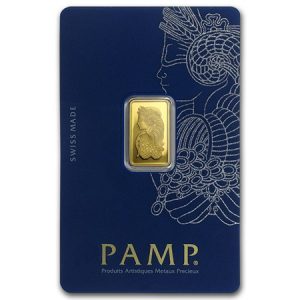Platinum is boasted for its brilliance, rarity, and strength and so happens to be one of the most favorite jewelry metals and even investments. But one thing seems to always ring in everyone’s minds: Does platinum tarnish? The straightforward answer is no. But there’s more to be understood from the characteristics of this remarkable metal. In this blog, we tell you why platinum resists tarnish, how that differs from other precious metals, and how you can keep it brilliant.
Why Platinum Doesn’t Tarnish
Platinum is a noble metal, and thus, it has very excellent resistance to corrosion, oxidation, or tarnishing. Unlike silver or certain gold alloys, platinum does not react with the oxygen or moisture elements in the air. This unique property ensures that platinum retains its natural white sheen over time, even when used regularly.
While platinum does not tarnish per se, over time it develops a patina – a soft, matte finish that you develop on the surface after years of wear. This patina results from tiny scratches and the natural aging process of the metal. Curiously enough, many people like this patina because it gives the metal a somewhat vintage character, having taken on some of life with them.
Durability: The Strength of Platinum
Platinum is one of the most resilient precious metals that exist. It achieves much greater wear resistance and thus is a pretty good fit for jewelry pieces such as wedding bands or engagement rings. In contrast to gold, it might lose small fragments of metal due to an abrasion process over a long period of time, but the scratches in platinum usually displace and do not remove the material. Your platinum jewelry will be intact after years of wear.
Caring for Platinum: How to Maintain Its Brilliance
Although very strong, platinum nonetheless requires routine care to maintain its brilliance and stay in good condition. Here follows a set of recommendations for the care of platinum:
Regular Cleaning
That depends upon the situation. Soap and warm water clean your platinum pieces. You can get out accumulated dirt and oils with a soft cloth or a soft-bristled brush. Do stay away from caustic chemicals that may damage the other materials in your jewelry, such as gemstones.
Professional Polishing
If you really like that really bright, shining-“like a mirror” finish of new platinum jewelry, then it’s time to have your piece of jewelry professionally polished. This will remove the patina and give it its brilliant shine once again.
Storage Matters
Store platinum jewelry separately since scratching might happen. Store it in a soft cloth pouch or lined jewelry case to protect it from abra materials.
Avoid Hard Impacts While strong, platinum is not completely indestructible. Avoid any activities that may involve your jewelry in major forces of pressure or sharp jolts.
Routine Inspections
If your platinum piece has gemstones, be certain they are secure, as you will regularly check the setting with a jeweler.
The Ever-Enduring Appeal of Platinum On the other hand, being tarnish-resistant, platinum is a rare metal for those seeking low maintenance with a touch of luxury. If one wears platinum jewelry or invests in platinum bullion, the durability and timeless classicism of the metal will always prove it to be a long-term investment. At AU Bullion, competitive deals are offered for platinum bullion products, helping one confidently invest in this highly coveted metal. Browse through our inventory and keep yourself updated with the latest platinum prices using our real-time market insights.
Closing Thoughts
Platinum does not tarnish, but over time, it develops a patina, revealing its character and history with you. A little care will keep your platinum jewelry or investment pieces brilliant for years to come. Whether you like its natural finish or would rather spot a polished shine, platinum’s enduring qualities make it a symbol of elegance and strength.

 Hi,
Hi,











